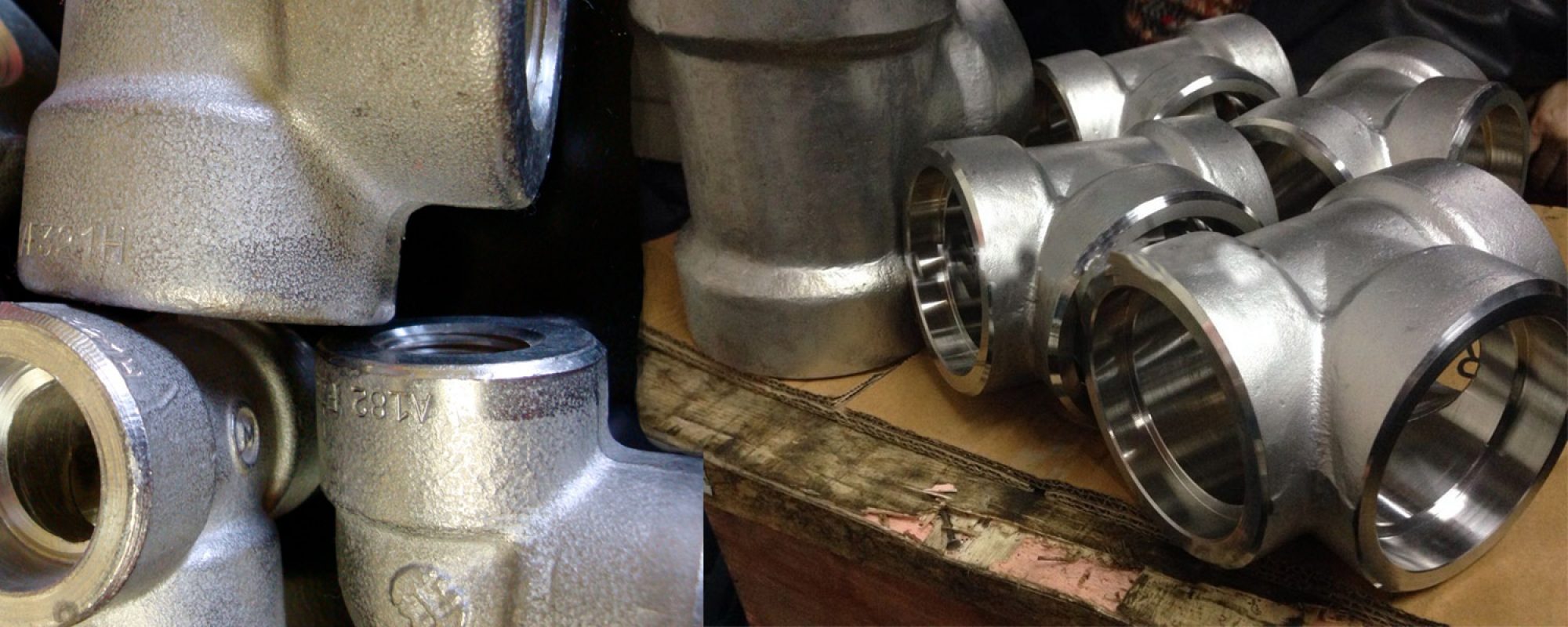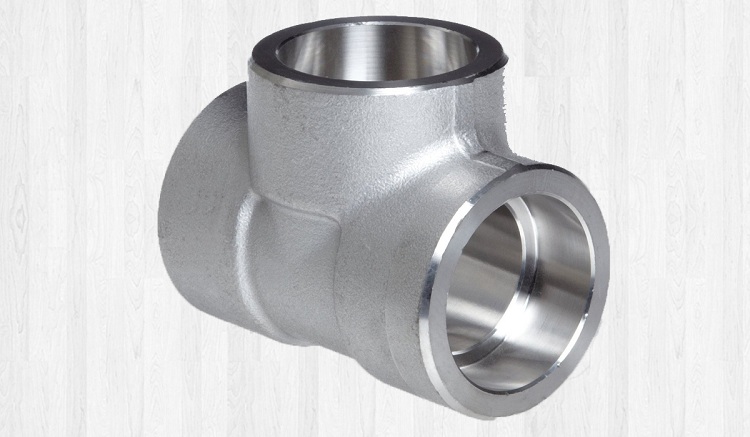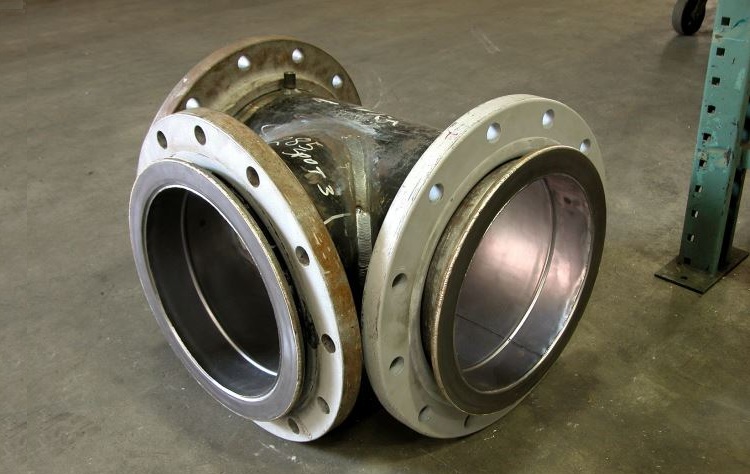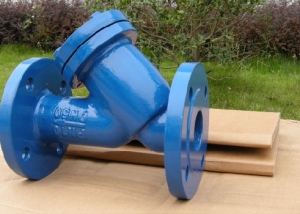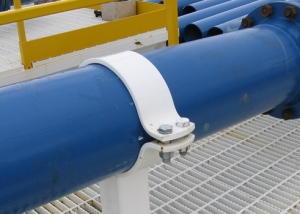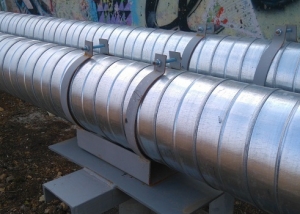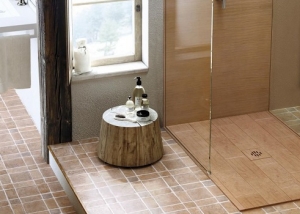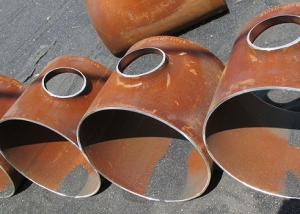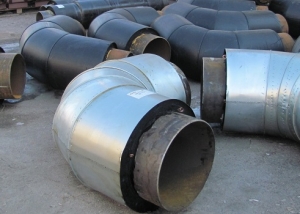Laying and maintenance of pipelines for various purposes, in particular, trunk pipelines, is impossible without the use of a metal tee, as usual made of stainless steel with little corrosion. Thanks to this type of fitting with three nozzles, it becomes possible to connect additional branches to the main pipe.
Content
What methods are used for the manufacture of metal fittings
The usual steel tap tee is also used in complex systems, through which various working environments are pumped. The design with three nozzles placed in the same plane at right angles to each other allows connecting piping systems with branches. Steel water tee is made of steel pipe and is covered with waterproof hydraulic insulation. So that the product can be successfully operated without collapsing under the influence of corrosion processes, it:
- made of stainless steel or other material resistant to corrosion;
- cover with a protective anticorrosive layer, for example, special enamel.
For the manufacture of methods are used:
- casting. The products obtained by molding can be produced seamless or welded. Seamless production is regulated by GOST 17376-2001;
- welding. The usual material is steel sheet, and the resulting product has several seams. Welded products are usually intended for use in pipelines that transport oil, water or steam. The production method is laborious, but simple, therefore, it has found application for the production of large diameter products (DN 500 and more). It happens that customers provide their own sketches, according to which a large-sized welded fitting is performed;
- turning. Production of products on lathes is regulated by GOST 22822-83 and GOST 17376-2001. Due to the peculiarities of manufacturing, which require considerable labor and other resources, the product is quite expensive, so this method is usually used to produce products of either a non-standard shape and diameter, or simply small diameter and size (below DN 45, the first version is used exclusively in this way);
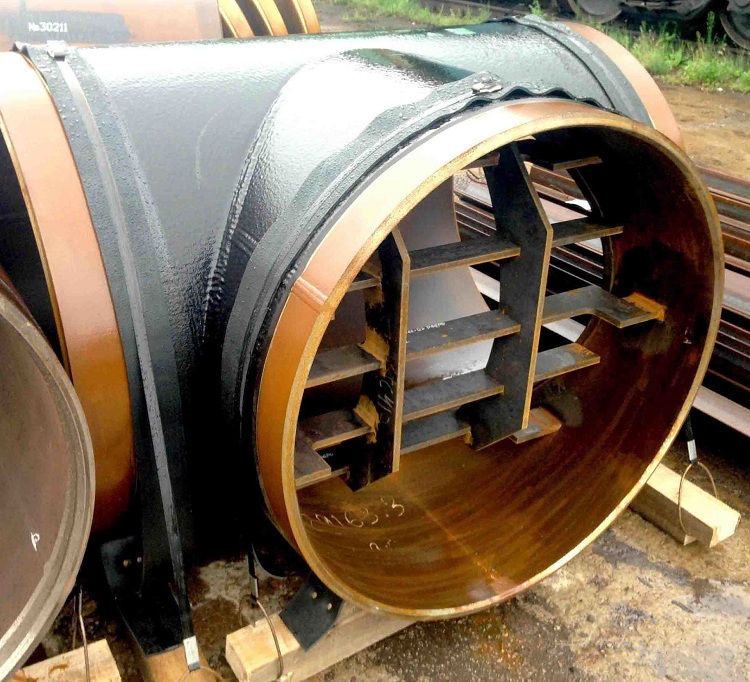
Tees with a diameter of 500 mm or more are produced by welding, this product is easily distinguished by the presence of seams
- stamping (hot or hydraulic). The stamped design is seamless. For the manufacture of stamped tees, hydraulic extrusion is used, followed by processing. Hot stamping is used only in large industrial enterprises that produce large batches of product from solid steel sheets. Stamped are considered the most economical of all steel tees, since various grades of carbon steel can be used for manufacturing. With a diameter reaching 426 mm, stamped fittings can be operated at operating pressures up to 16 MPa.
The stamped product is made in two stages.First, with the involvement of stamping, the main body and the necks are performed, which are then joined by welding. The diameter of such a product, a kind of intermediate version between welded and stamped, can reach 530 mm.
A pipe for the manufacture of tees can be:
- seamless
- electric welded.
The workpiece goes through several stages of processing involving cutting and trimming machines.
Regardless of the method used in the manufacture of a metal tap tee, it is produced:
- transitional (flange). On a steel transition tee, the presence of opposing nozzles of the same diameter allows the connection of pipes that differ in cross-sectional value.
- Equal passage (direct). This design can be used for joining pipes with the same cross-sectional values.
Metal fittings are provided with one of two connection options:
- threaded docking;
- welded joint.
On a note! Welded or threaded tees are made transitions, connections of trunk and auxiliary lines of various pipelines.
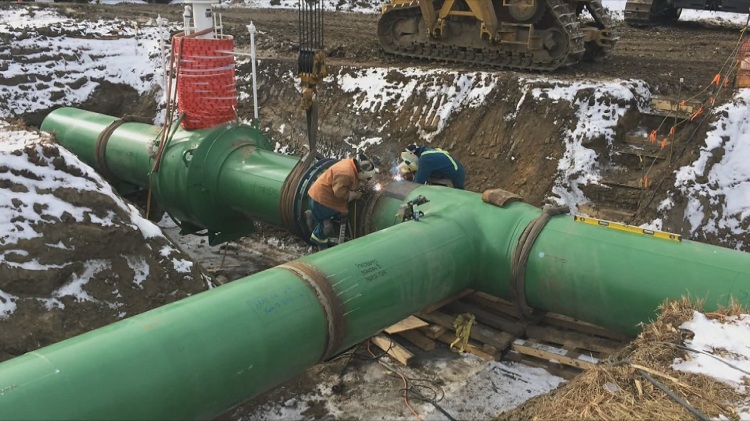
The branching of the pipeline using tees is a common practice when installing water, gas, heating and all other highways
Basic characteristics for steel tees
Characterizing steel tees, it is customary to use several key indicators, including:
- section value;
- weight;
- length
- connection method;
- manufacturing method, which is often the determining condition when choosing a scope.
For each of these indicators, there is a significant variety (16 sizes only for Du, for example), so the range of steel tees is so large that they can be successfully operated in various industries, thanks to:
- high strength;
- low susceptibility to corrosion;
- reliability;
- long term use.
When laying gas pipelines and pipelines through which oil and oil products are transported, it is customary to use seamless fittings.
Stainless steel products, which are not very susceptible to the effects of corrosion, are used when laying and maintaining the water supply system through which drinking water is supplied. There is great demand for tees made of stainless steel from the food industry, for which stainless steel acts as the most common material. A transitional or equal bore tee, for the manufacture of which stainless steel is used, is perfectly suited for operation in a wide temperature range, starting from -70º C and ending at around 450º C. The value of the working pressure in the pipelines where such devices can be used can reach up to 16 MPa.
An operating mode is available for stamped and welded fittings, in which the temperature range is limited to extremes from -30º C to + 300º C, and the working pressure can rise up to 25 MPa.
Characteristics of steel tees allow you to install them:
- on an industrial pipeline;
- on the water supply;
- on the gas pipeline;
- in the heating system.
Steel flange tee
Various connections made with large-diameter pipes are made using flanged tees manufactured according to GOST 20191-74. These include:
- docking of various pipeline valves - valves, gates, valves, meters, filters;
- separation of the flow of the pumped medium through the pipeline for movement in different directions;
- connecting a new pipeline line, cut into without interrupting the main line;
- short-term disconnection of a separate section from the pipeline system, involving the installation of a valve or ball valve behind the tee.
The flange tee is joined to the pipe with bolts; a sealing gasket may be present between the flanges. By design, the flange tee can be direct and transitional (oblique, angular).
Good to know! Standard sizes are set from 45 mm to 426 mm, but upon receipt of an individual order, manufacturing a device with a different outer diameter is not ruled out.
The diameter of the tee openings allows you to attribute it to:
- transitional (transitional), with distinguishing sections of the main body and neck;
- Equal passage, with identical sections.
Without steel flanged tees, it is difficult to imagine the functioning of pipelines through which gas, oil and oil products are transported in areas where climatic conditions are characterized as moderate and cold.
The design of the steel tee is simple and unpretentious. Made of extremely durable material, which has received additional protective layers, the product is characterized by a high degree of reliability, durability and ease of installation. Therefore, it is highly demanded in various spheres of economic, primarily, household activities. The safe operation of industrial and communal pipelines transporting gas and oil products, water and steam is currently largely dependent on simple steel fittings.
